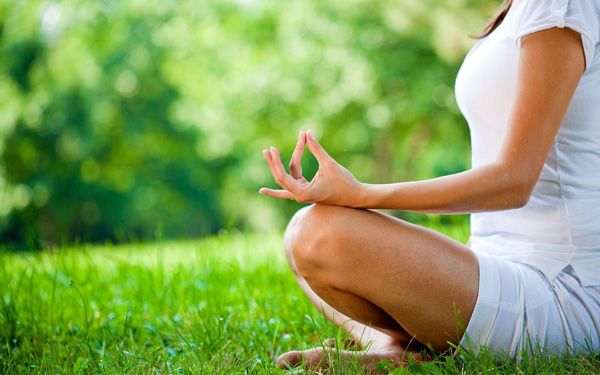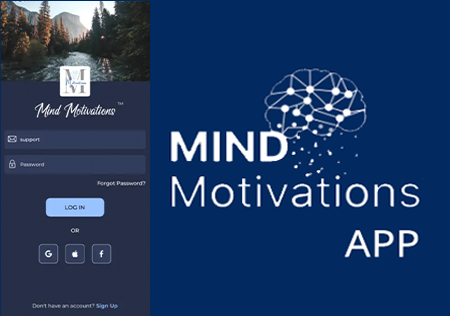The Essential Guide to Meditation: Practice, Suggestions & Intent

Taken from Giovanni Lordi's book - The ToolBox 4 Life - this article is an invaluable resource to anyone new to meditation or if you want to try some different techniques. Enjoy...
Firstly, What is Meditation?
Meditation is simply the act of being able to take your mind into a nice, calm, relaxed and peaceful place for self reflection. Unlike hypnosis, meditation is more about achieving the perfect state of mind, rather then focusing on the direction it will be taken to. I will go more into this later.
When I meditate, I usually I put on some special music to get into a meditative state and once I am in that state I like to reflect on things that are happening within my life. Being in meditation is almost like being within a dream; although meditation is not really like a dream at all. Technically speaking, when you enter into your meditation your mind is usually dropping into an alpha brainwave frequency. This is best described as being detached from your awakened senses, but still being connected to your conscious awareness at the same time.
What Can Meditation Be Used For?
Meditation helps you connect to your imagination. A little tip for you here is to understand that when it comes to your imagination, none of it is real until you get involved and begin to feel the feeling as in a dream. If you are involved give the imagination direction towards your goal and outcome. For example you don't have to know the cause of the problem, a symbol will do. Like how does this feeling make you feel? If the feeling is trapped you can imagine yourself in a box and your action is to break down the walls of the box and feel free so you can move to your outcome with the walls gone and you not in the box anymore. Once you are feeling happy that the walls are all gone then the mind will get the idea. Your mind will realize you have had enough of the box and enough is enough and it is time to say goodbye and move forward to something better. With meditation you lower yourself down into a calm place and observe the cause and understand it. You can either cast it away, or observe it impartially and let it come and then go, without labeling it as ‘good’ or ‘bad’. You can take the same approach to any thoughts which return to your mind until silence perseveres.
How to Practice Self Meditation - Tips
The techniques below can be performed with or without use of a background soundtrack. If you are just beginning I would recommend using a spoken guided meditation recording first. This will help you get an idea about how the state of meditation feels and some ways of getting to the right levels through the guided voice.
For the below techniques, if you wanted to, you could play some special music in the background while you participate. This could be relaxation music, brainwave entrainment frequencies or natural sounds, whatever ‘tickles your fancy’, so long as it does not have any spoken voice in it. What we are trying to achieve here, is to teach you how to reach meditation through your own devices, not by listening to somebody else speaking and guiding you into the state.
For the below steps, make sure you do not over think any part of this process. Don’t form any judgments, opinions or question yourself, for anything below – just do it.
Some Steps:
- With self meditation you can begin by closing your eyes.
- Find any point/s of tension you have and then release it/them. Repeat this for a few times.
- Then adjust your posture slightly.
- Begin to focus on breathing in and out. With each breath listen to it, follow it and observe it.
- The goal you are after now is to stop the ‘chattering’ in your mind. Try to gradually allow this fade away as you keep focusing on your breathing.
- Find an ‘anchor’ to settle your mind.
- You could also try humming a single word, like "ummm". Doing this at a steady rhythm is best. You can recite it verbally or just with the voice inside your mind.
- You may want to try counting your breaths at the same time. Try counting your breath from one to ten, and then simply start again at one.
- The trick here is to really let go of any conscious thoughts and let your imagination take hold.
- You could imagine walking down a flight of stairs or heading towards a path that is leading you to a peaceful place. Count your way down the steps until you are peaceful and relaxed. Silence your mind.
- Once you've trained your mind to focus on just one thing at a time, the next step is to focus on nothing at all, essentially ‘clearing’ your mind. This requires tremendous discipline but is the absolute pinnacle of meditation.
Finding Your Center Point
Finding your center point, is like finding that exact place in your mind between your consciousness and your unconsciousness, your physical self and your higher self. It is the neutral point where you have no thoughts, no feelings and no outside influences. You will have become completely switched off and experiencing complete peace and harmony inside and outside.
To make your way towards experiencing this center point, you have to fully understand your own inner mind; what makes you relax, how it feels, and how you can switch off your thoughts.
Some people spend years trying to master this. For instance you may have heard the saying: "Meditate deeper then a Zen Monk". Some Monks spend their whole life mastering the art of self meditation and they are most definitely capable of reaching the deepest realms of Theta and even Delta consciousness without any other assistance. This takes years usually, and for most people it is always about truly learning every single thing about yourself on every level.
Whatever the case, never be discouraged if you feel that you can’t reach it straight away. The important thing is that you are experiencing.
- Giovanni Lordi
















